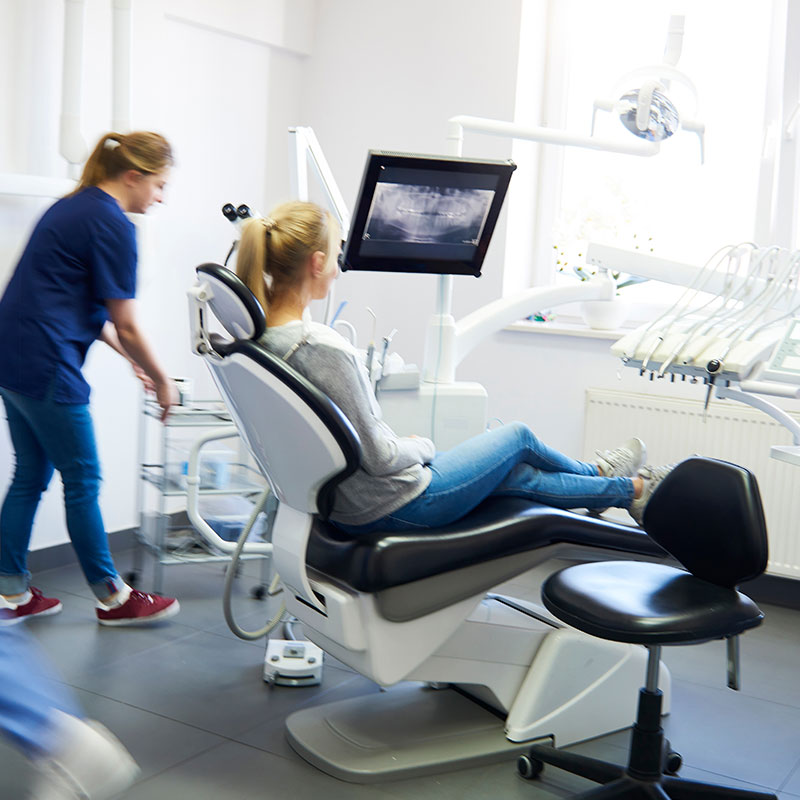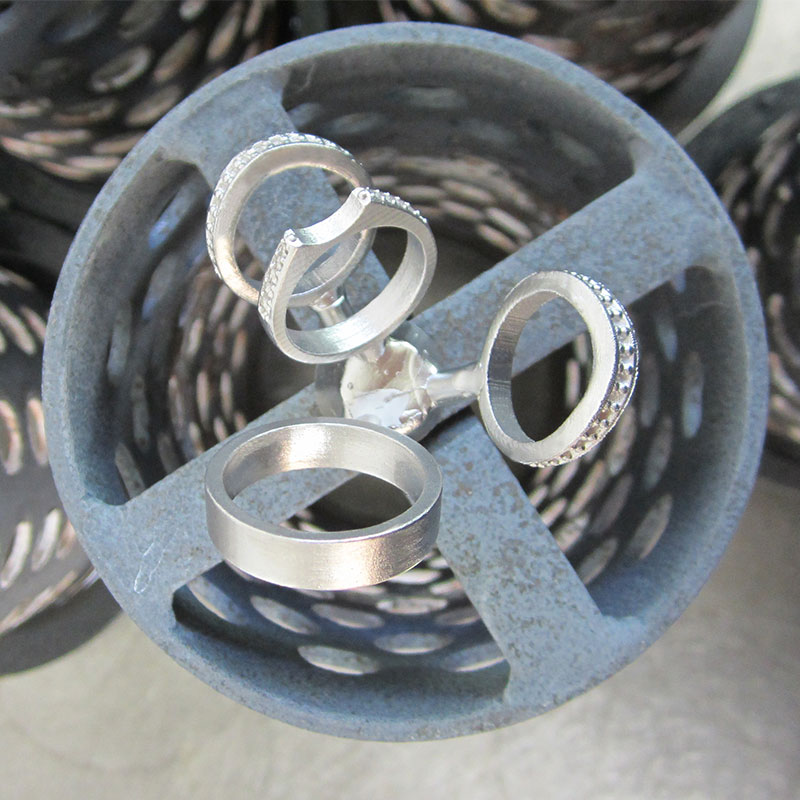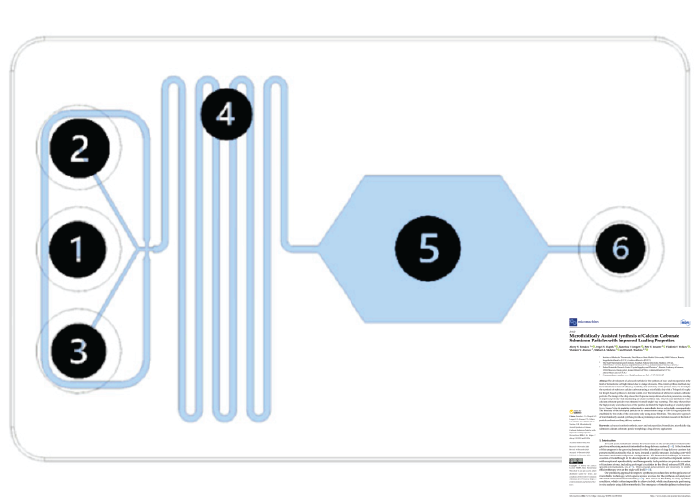3D printed cell for the in situ dynamic light scattering monitoring of nanoparticle size distribution in microfluidics
The development of advanced methods for the synthesis of nano- and microparticles in the field of biomedicine is of high interest due to a range of reasons. The current synthesis methods may have limitations in terms of efficiency, scalability, and uniformity of the particles. Here, we investigate the synthesis of submicron calcium carbonate using a microfluidic chip with a T-shaped oil supply for droplet-based synthesis to facilitate control over the formation of submicron calcium carbonate
particles.
Sergei Chapek has over 15 years of experience in additive manufacturing working both in the business and academia arenas. Primarily research has focused on additive manufacturing and microfluidics.
Microfluidics has transformed the way we study and manipulate small amounts of fluids, empowering us to make significant strides in fields like biomedical research, analytical chemistry, and diagnostics. With the emergence of 3D printing technology, the fabrication of microfluidic devices has become more accessible, customizable, and efficient.

Share:
































